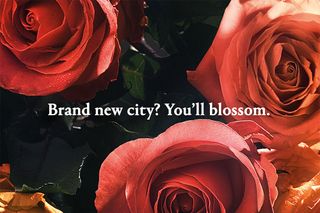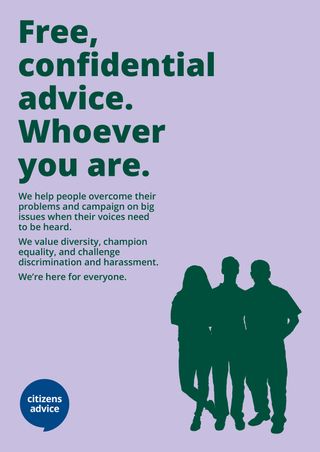How to write a great headline
The choice of headline can mean the success of a campaign or its downfall. Here's how to get it right.
The designer–writer partnership has produced some of the greatest creative work ever. But in the thick of a project it's easy for both sides to retreat into simply defending their own territory. And that's no good for anyone. So how do we make things less frustrating, and more fruitful? This starts when writers and designers better understand – and better appreciate – each other's craft.
In this article we'll look at the art of writing a great headline.

The words you put at the top of a page are usually the most important, so it's no surprise that getting them right can take so many false starts. Headlines are tricky because they matter. They're the thumb flagging down passers-by, the sign of things to come. And if you're a designer, a headline can either be the cherry on top of your work, or its downfall.
At Reed Words, we often encounter some pretty strong assumptions around what makes a great headline. It will probably be pithy, such as Volkswagen's 'Think small.' A little cheeky, like Wonderbra's 'Hello boys.' And almost certainly intriguing, like Avis' 'We're number two.' We love these kinds of headlines. They sound glamorous – the kind of thing Don Draper might write.
But we're fans of another kind of headline, too. One that doesn't get quite so much fanfare. Below are a few examples:
- The next bank holiday in England and Wales is 14th April
- Find a nursery school place
- What happens if your child gets in trouble with the police
These lines are all from the GOV.UK site – and they're great. They are absolute masterpieces of straightforward communication. No frills, no fireworks, and a complete understanding that, in this context, it's the message, not the tone, that matters.
Now imagine if GOV.UK's writers had got it wrong, and gone for a 'snappier' approach:
- Guess when the next bank holiday is in England and Wales!
- Find the perfect nest for your little chicks to flourish
- Uh-oh, junior's been causing trouble again…
Figuring out the job of your headline is the first step to writing a great one. Is it meant to tease and entertain? Inform and explain? Appeal to a 10-year-old, or a subscriber to the Times Literary Supplement? Appear on the side of a building, or be placed at the top of a website?
When we wrote headlines for student accommodation provider Hello Student, we knew that tone was going to be just as important as message. So we developed lines that were fun, optimistic and accompanied with a bucketload of possibility and positivity.

We took the opposite approach for Citizens Advice. Because if you need to find out about your local GP's opening hours, the last thing you want to read is some copywriter's gag about waiting rooms.
If you're stuck for a headline, you might just have set off from the wrong place. Put your assumptions aside, and forget seeking out the perfect pun for a moment. Go back to the beginning. Figure out what your headline is supposed to achieve, and who exactly you're expecting to read it. What is your target group interested in? What's likely to catch their attention? Figure all that out, and take it from there.
This article originally appeared in Computer Arts issue 266; buy it here!
Related articles:

Thank you for reading 5 articles this month* Join now for unlimited access
Enjoy your first month for just £1 / $1 / €1
*Read 5 free articles per month without a subscription

Join now for unlimited access
Try first month for just £1 / $1 / €1
Get the Creative Bloq Newsletter
Daily design news, reviews, how-tos and more, as picked by the editors.
